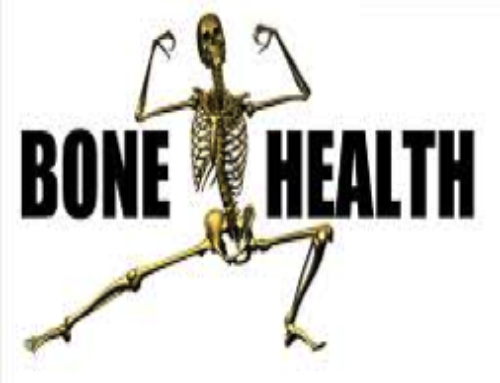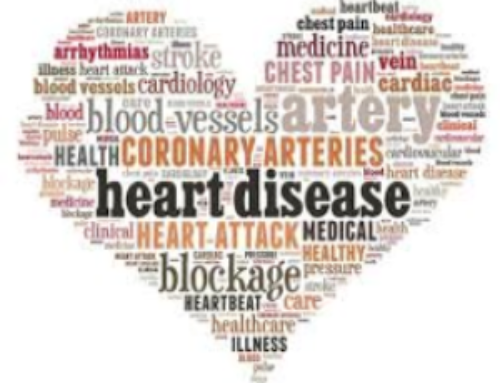It’s June and that means it is Men’s Health Month.
The purpose of Men’s Health Month is to heighten the awareness of preventable health problems and encourage early detection and treatment of disease among men and boys. This month gives health care providers, public policy makers, the media, and individuals an opportunity to encourage men and boys to seek regular medical advice and early treatment for disease and injury. The response has been overwhelming with thousands of awareness activities in the USA and around the globe. Here is a list of 9 health risks all men should be aware of.
-
Heart Health
Heart disease comes in many forms, all of which can lead to serious, fatal complications if left undetected. The American Heart Association indicates that more than one in three adult men has some form of cardiovascular disease. Black men account for 100,000 more cardiovascular disease mortality cases than white men. Stroke targets an estimated 2.8 million men and high blood pressure is common in younger males. Routine check-ups can help keep that heart beating.
-
COPD and Other Respiratory Diseases
Various respiratory diseases usually start with an innocent “smoker’s cough.” Over time, that cough can lead to life-threatening conditions such as lung cancer, emphysema, or COPD—all of which interfere with normal breathing. According to the American Lung Association, each year, more men are diagnosed with and develop lung cancer than in years past. Black men are at increased risk for dying from the disease compared to other racial or ethnic groups. While exposure to occupational hazards such as asbestos is an increased risk, smoking remains the leading cause of lung cancer.
-
Alcohol
According to the Centers for Disease Control and Prevention, men face higher rates of alcohol-related deaths and hospitalizations than women do. Men binge drink twice as much and are prone to increased aggression and sexual assault against women. Alcohol consumption increases risk for cancer of the mouth, throat, esophagus, liver, and colon.
-
Liver Disease
Your liver is the size of a football. Its functions include digesting food, absorbing nutrients, and ridding the body of toxic substances. Liver disease includes conditions such as cirrhosis, viral hepatitis, autoimmune or genetic liver diseases, bile duct or liver cancer, and even alcoholic liver disease. According to a study posted by the American Cancer Society, alcohol and tobacco use increase your chance of developing liver disease.
-
Depression and Suicide
Researchers at The National Institute of Mental Health estimate that at least six million men suffer from depressive disorders including suicidal thoughts annually.
-
Unintentional Injuries and Accident
The Centers for Disease Control and Prevention listed unintentional injury as a leading cause of death for men in 2006. This includes drowning, traumatic brain injuries, and fireworks-related mishaps. Motor vehicle death rates for male drivers and passengers ages 15 to 19 were almost twice that of females in 2006. And male workers incurred 92 percent of the 5,524 total reported fatal occupational injuries.
-
Diabetes
The American Diabetes Association celebrates today’s “modern man” as someone who is more aware of his blood sugar health. Men with diabetes face greater risk for sexual impotence and lower testosterone levels, which can lead to increased depression or anxiety. But that’s not all: when left untreated, diabetes can lead to nerve and kidney damage, heart disease and stroke, and even vision problems or blindness.
-
Influenza and Pneumonia
Influenza and pneumococcal infection are two leading health risks for some men. Men who have compromised immune systems due to COPD, diabetes, congestive heart failure, sickle cell anemia, AIDS, or cancer, are more susceptible to these illnesses.
-
Skin Cancer
According to the Skin Cancer Foundation, men over 50 are at highest risk for developing skin cancer—more than twice the rate as women. Why? Because of more sun exposure and fewer visits to the doctor.






